
About This Quiz
The Los Angeles Times once quoted a professional organizer who estimated that the average American household has more than 300,000 items. Things. Stuff. Knick-knacks and do-dads. Stacked on our nightstands. Stuffed in our kitchen cabinets. Hidden under our beds (sorry, Mom).Â
But, have you ever thought about how much attention you've actually paid to those things? Whether you have 300,000 or you're more of a minimalist with 3,000, just how closely do you observe the items in your home on a day-to-day basis? Could you identify your favorite things by seeing just a corner of them or by observing a close-up image taken of them? We sure hope so!Â
This quiz is packed with everyday objects displayed in a different way ... up close and personal! You'll probably discover that something you recognize when you see it in its entirety becomes harder to identify when you're looking at a "zoomed-in" version of it. And, you might even find something cool or artistic in it by looking at something common in a new and different way.
Use the clues and the photos provided in this quiz to see how many everyday objects you can pinpoint. Try to imagine what this bird's eye view of an item might look like if you "zoomed out." Now, grab your magnifying glass and get to guessing!
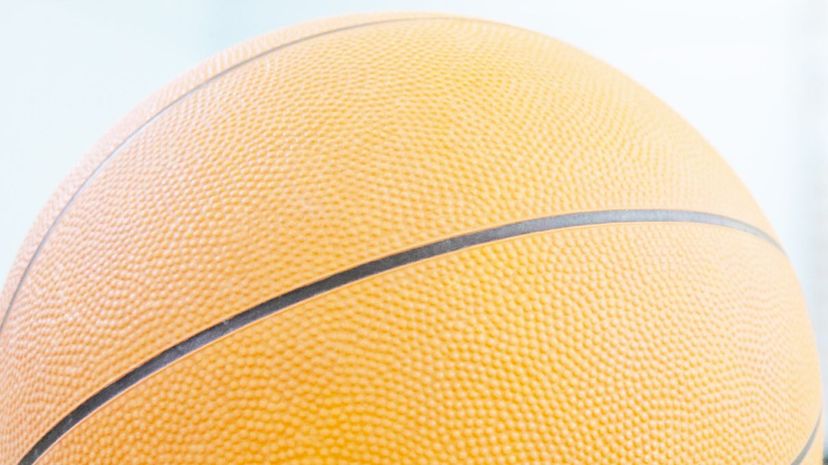
Basketballs have a distinctive pattern that includes, most commonly, a leather exterior marked by things called "ribs" that make the usually black lines around its sphere. Spalding basketballs are among the most popular and serve as the official ball of the NBA.
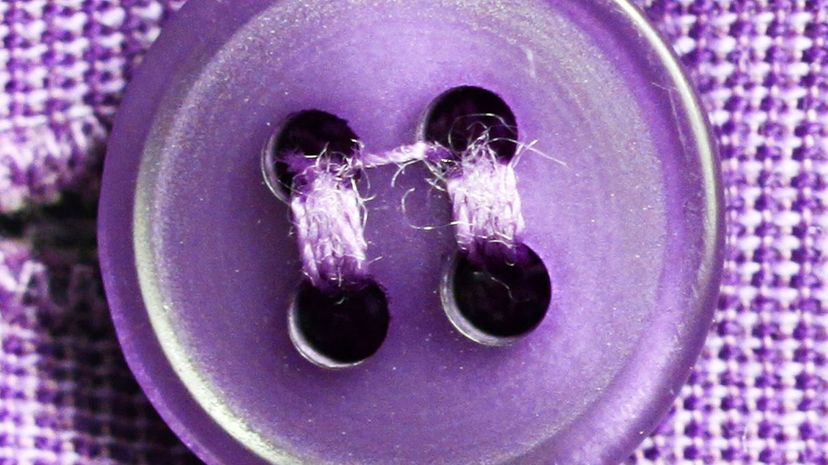
Button, button, who's got the button? Whether it's a plain Jane button on a trench coat or a button in the shape of a cat on an ugly Christmas sweater, these fasteners are a common item found on various clothing items.

Believe it or not, the lighter was actually invented before the match we know today came along - 1823 vs. 1826. Of course, people were managing to set things on fire long before either was invented, but they both sure made things easier.
Advertisement
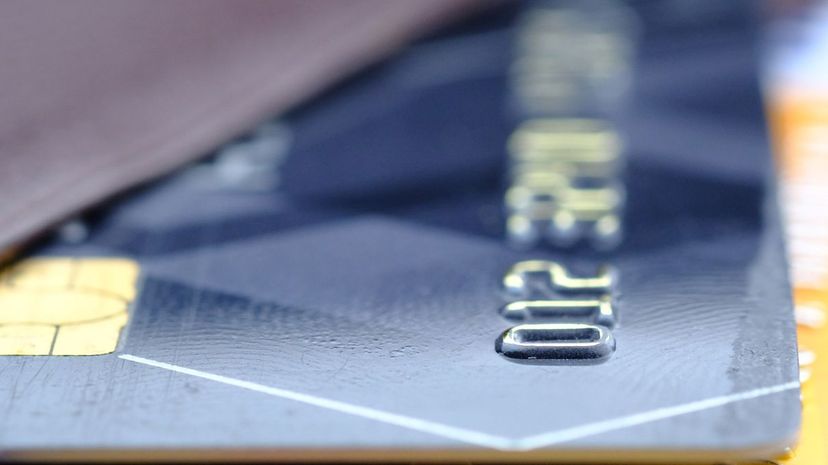
Credit cards and debit cards all have their own unique personal identification numbers, also known as PINs, necessary for making purchases and accessing funds. Whatever you do, don't share your PIN with anybody else!
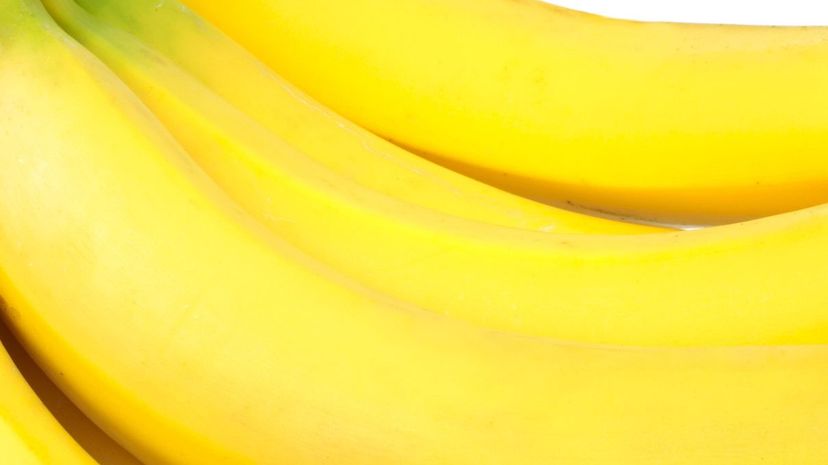
That's right! A banana is technically considered part of the berry family, while the plant on which it grows is considered to be an herb. Peel back that waxy skin and enjoy a portable, potassium-rich snack.
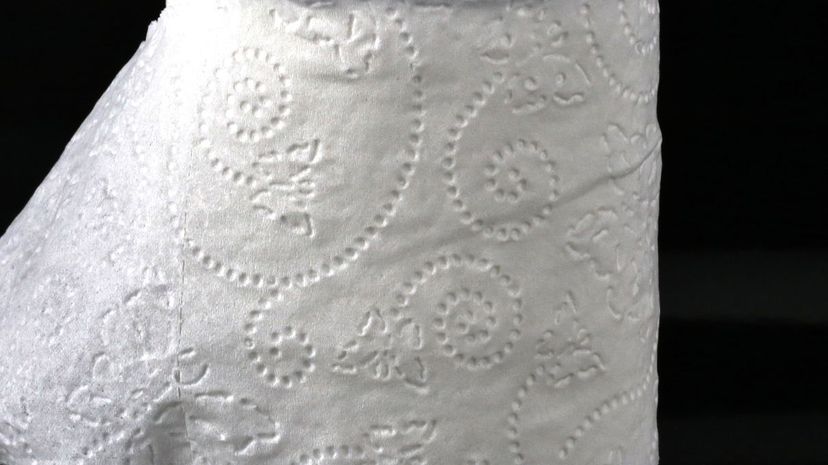
Let's face it: Toilet paper is one of those things that needs no introduction or prompting to buy. We all have it because we all need it. Did you know an average person uses 100 rolls of the stuff every single year?
Advertisement
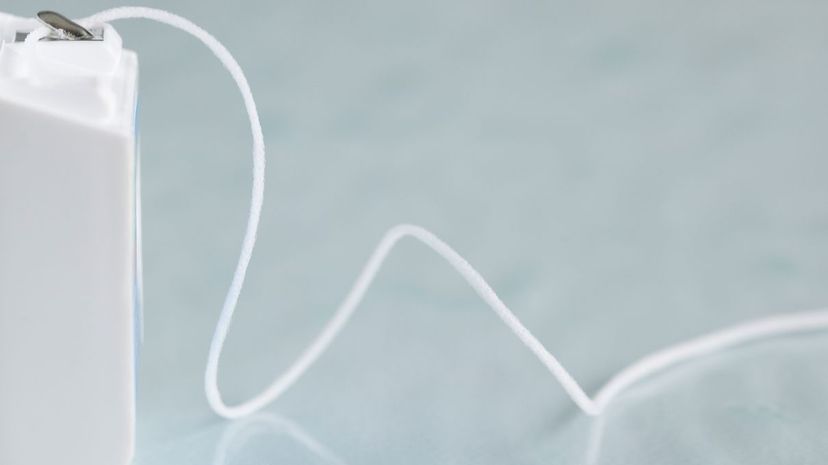
Shame on you ... er, we mean us! In a study, approximately 30 percent of people admitted to lying to their dentist about how often they use dental floss. The American Dental Association believes that only half of all U.S. citizens floss every day.

You might believe it if you've been down the pasta aisle at the grocery store lately! There are roughly 600 different shapes of pasta out there in the world. Thank goodness Walmart doesn't carry them all.
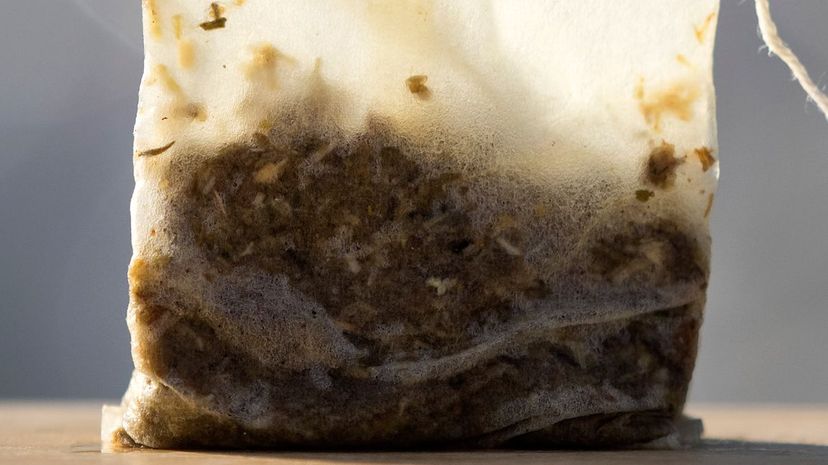
When the tea bag was invented in 1908, it was created as a mechanism by which tea samples could be distributed. Recipients of those samples thought the bags themselves were meant to be doused in hot water and the tea bag we're familiar with today came to life.
Advertisement
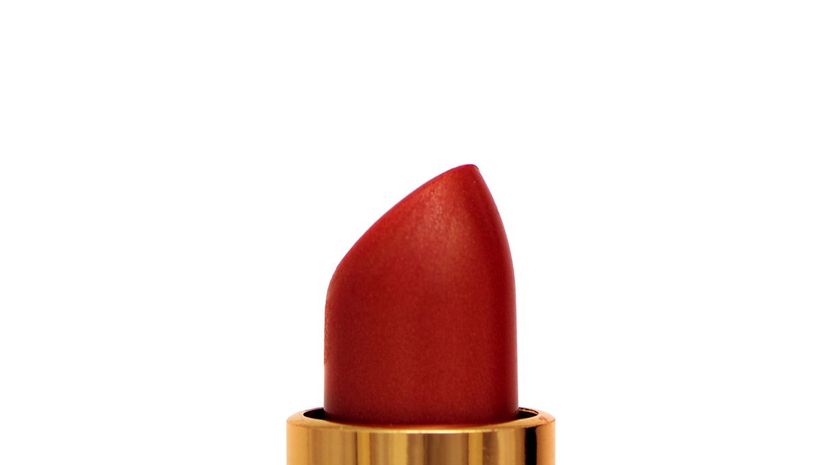
Lipstick made of beetles? A girl's got to do what a girl's got to do! It is believed 70,000 beetles were required to create the dye Cleopatra used as lipstick. Luckily, we can just go to the drugstore and buy a tube these days.

Hate to gross you out, but it's true. Scientists who took a closer look at kitchen sponges determined they are more riddled with germs and bacteria than a toilet. Cleaning them regularly, as well as good hand-washing procedures, can help reduce this, um, issue.
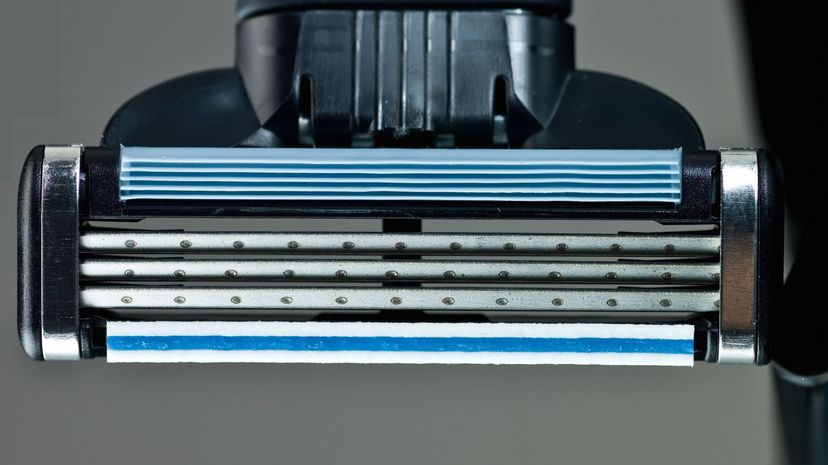
Because blades on razors are difficult to sharpen, most models have been made to be disposable. That means you could throw away the entire razor or just the blade cartridge itself.
Advertisement
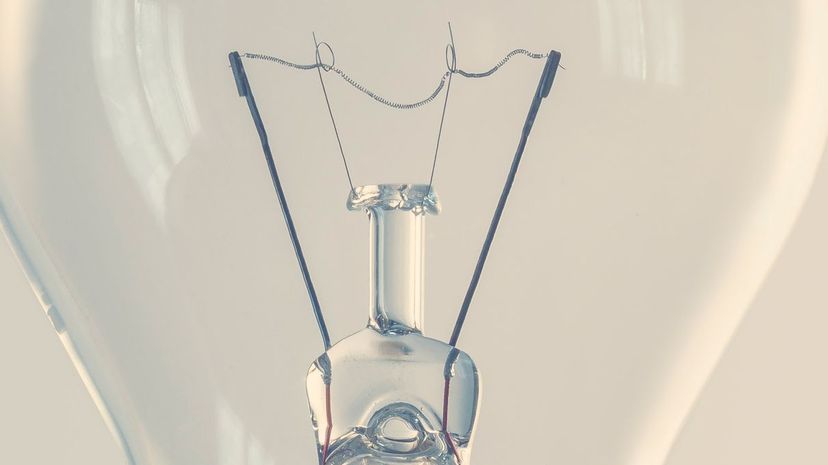
Incandescent, fluorescent or LED, these little bulbous-shaped contraptions really light up our lives - literally! Thomas Edison is credited with the creation of the incandescent bulb in 1879.
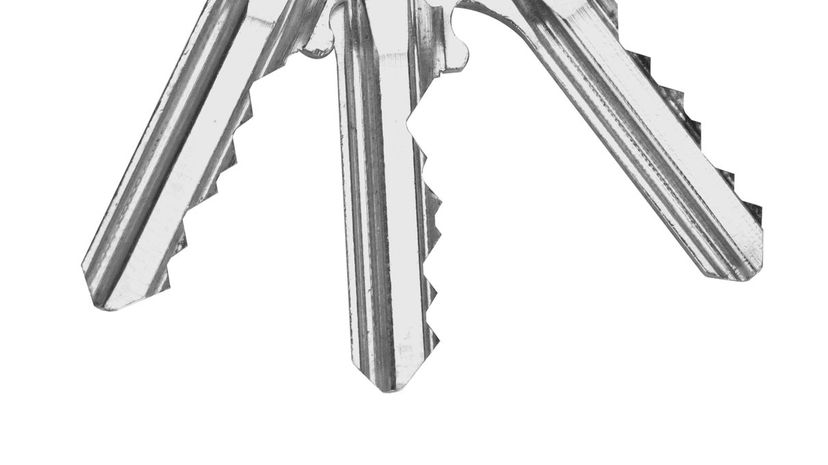
Nothing strikes fear in your heart faster than losing your keys. After all, they're your lifeline to starting your car and getting inside your house. Get yourself one of those Bluetooth trackers for your keychain and eliminate lost key problems forever.

If you have room among your milk and veggies, rubber bands will last longer if stored in the refrigerator. The refrigeration process helps the polymers in the rubber stay more supple. The more you know!
Advertisement

Did you know the mighty avocado is actually a fruit and not a vegetable? It's true! And, not only is it classified as a fruit, but with its 3g of protein per cup, it's also the most protein-packed fruit out there.
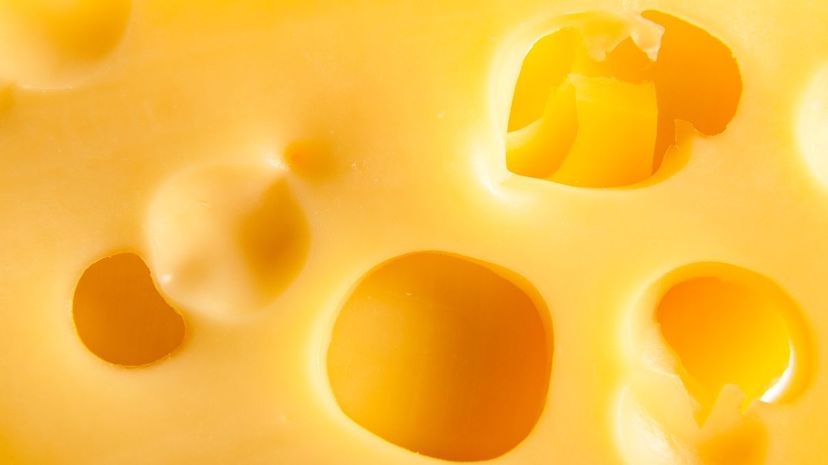
There are so many cheeses it can be hard to identify one from another. But, Swiss cheese is pretty easily identifiable, thanks to its hole-y nature. The holes in Swiss cheese are actually air pockets created during its creation.
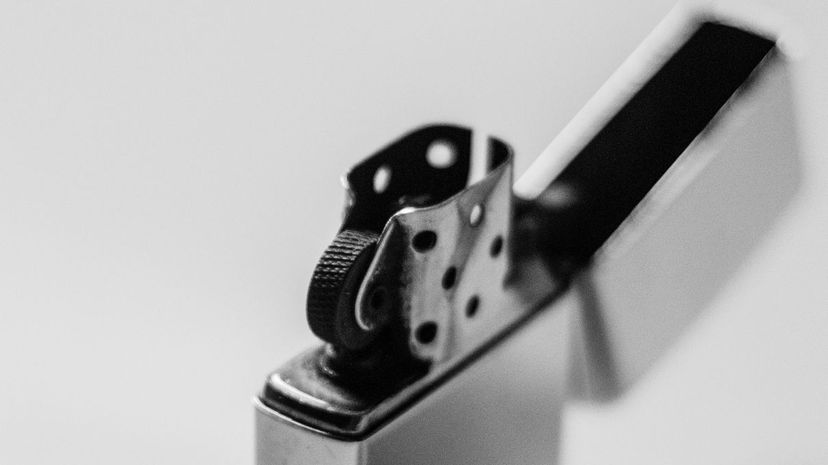
Lighters produce fire; therefore, you can carry the element "fire" around in your pocket if you have one of these. One of the very first lighters created, a Zippo, is still among the most popular brands today.
Advertisement
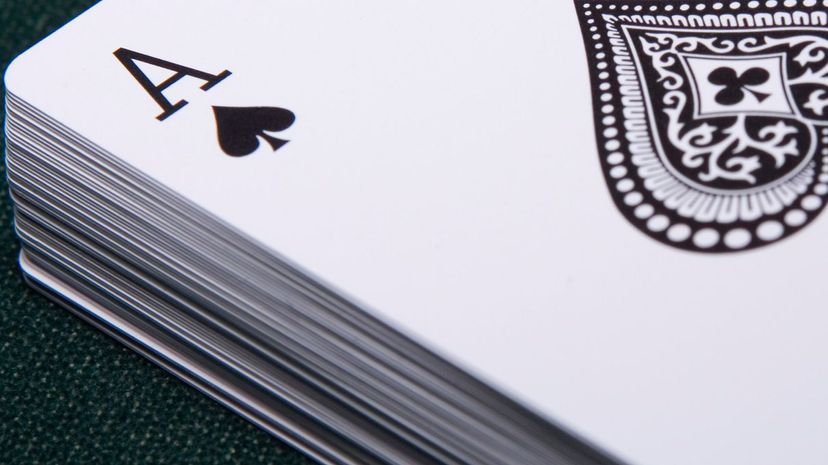
A deck of playing cards comes standard with 52 cards, broken down into 13 cards each for four different suits: hearts, clubs, spades and diamonds. Of course, if you're a magician, a deck has however many you want it to have.
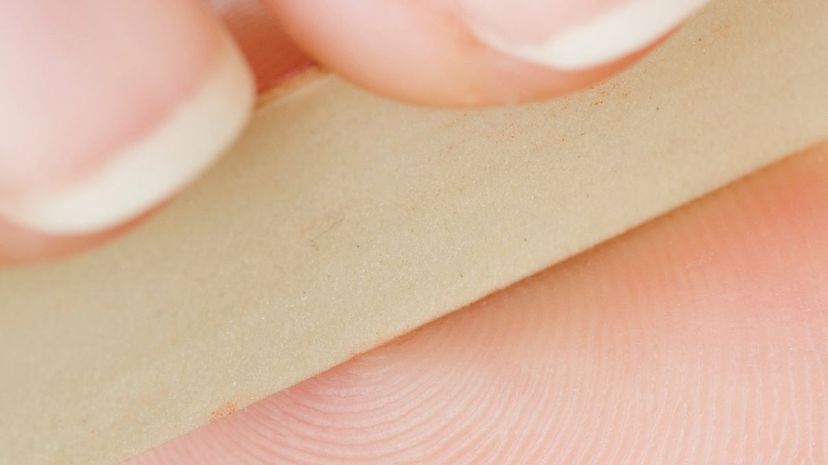
Nail files come in all sizes and shapes, but they all boast the same general purpose: to help the one using them shape, trim and buff an individual's fingernails (and toenails) into shape.
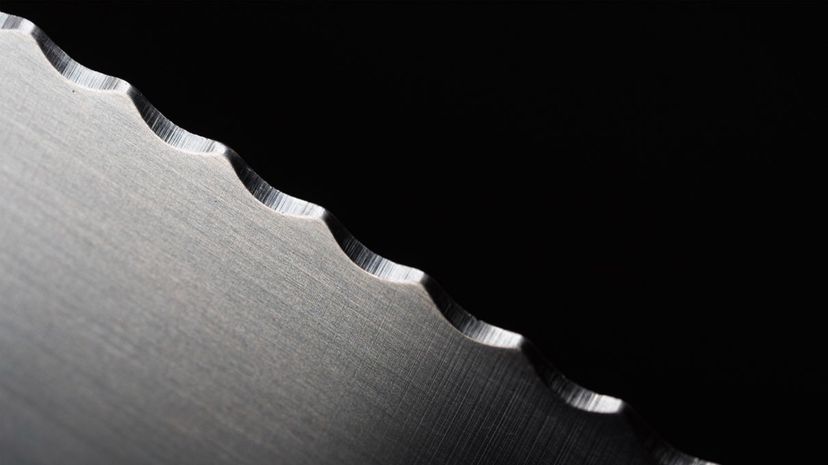
It wasn't your ordinary kitchen knife, that's for sure! The most expensive modern-day knife sale belonged to a knife dubbed, "The Gem of the Orient." It was embellished with more than 150 emeralds and diamonds.
Advertisement
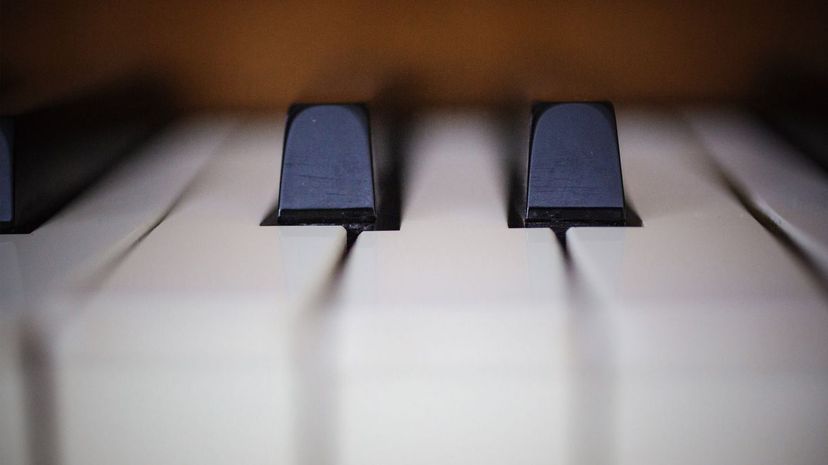
Pianos are large but intricate objects. They have more than 12,000 parts in total, with nearly all of those capable of moving in order to allow it to be played. The first piano was created in the early 1700s.

You've probably never been certain what to attribute the rough sensation of a cat's tongue to, but it's called "papillae." These small keratin-based structures actually serve several purposes including eating and grooming.

The bobby pin came into existence around the end of World War I and about the same time that the "bob" haircut grew into popularity. It's a good thing it wasn't invented when "the Rachel" was popular or we'd all have a drawer of "Rachel pins" in our bathrooms.
Advertisement
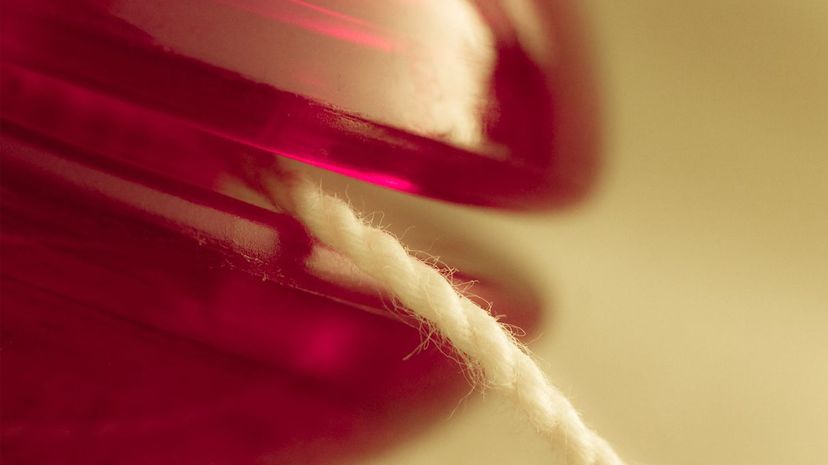
A painting on a Greek vase, believed to date back to 500 BC, showcases an individual holding a yo-yo. Until roughly the 1960s, yo-yos were made from wood but transitioned to plastic or metal.
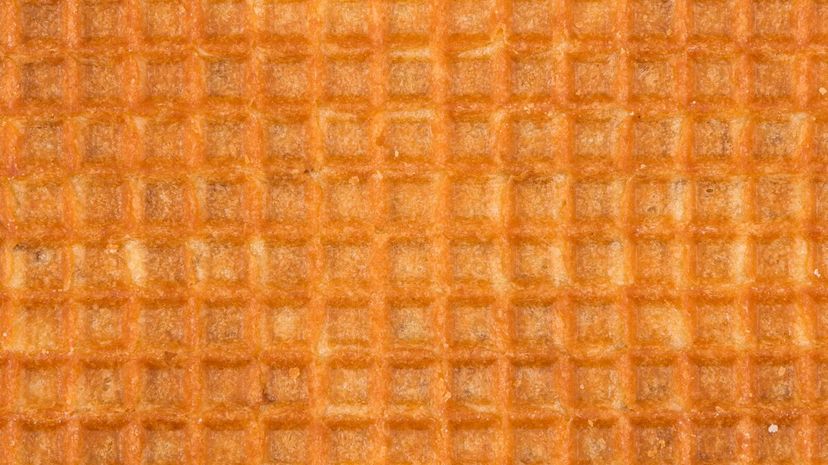
Believe it or not, the waffle's distinctive squared-off pattern inspired Nike co-founder Bill Bowerman to create the company's first sneaker, appropriately dubbed the Waffle Trainer. Bowerman even used a waffle maker to give the shoe its distinctive sole - no syrup required.
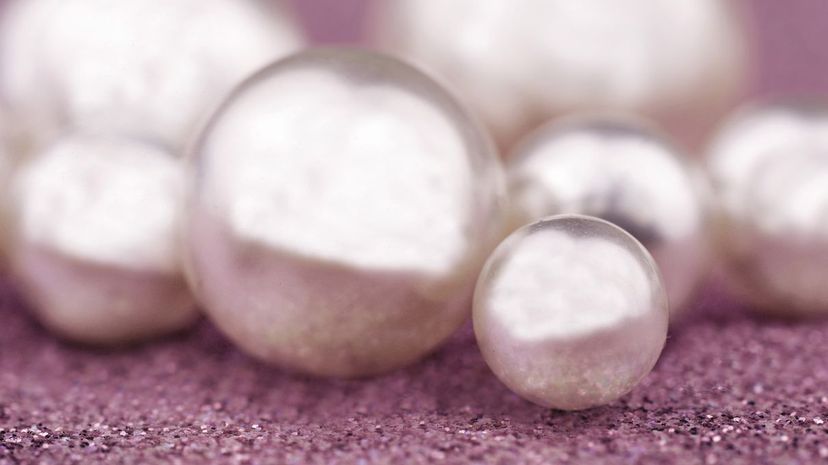
Finding a real pearl is a rarity, mostly because they are created in the sea by living creatures, whose defense mechanism is emitting a fluid that becomes the pearl itself. According to National Geographic, a pearl with any value is only found in one of 10,000 wild oysters.
Advertisement
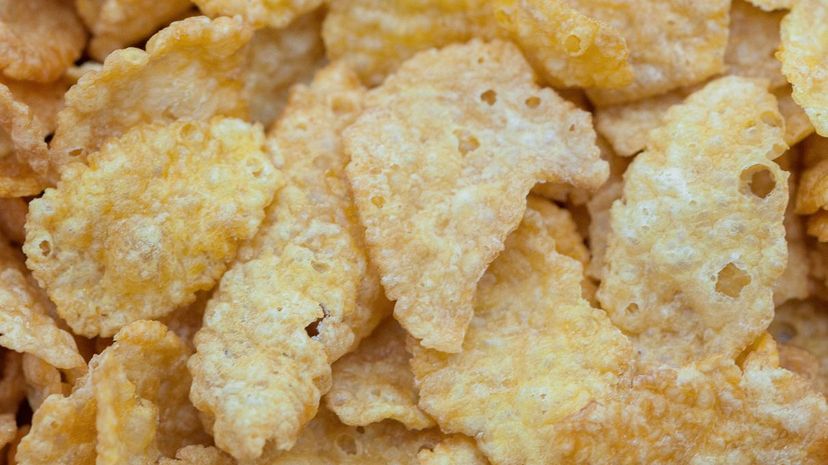
Corn Flakes came about when famous Adventist John Harvey Kellogg developed the product - quite by accident - as a meal for patients at the Battle Creek Sanitarium, where he was in charge. Today, you can buy them by the box full at any grocery store.

Bypass all of the tires on vehicles on roads all across the country at this very moment. It's Lego that produces the most tires annually, manufacturing more than 300 million Lego-sized tires each and every year.
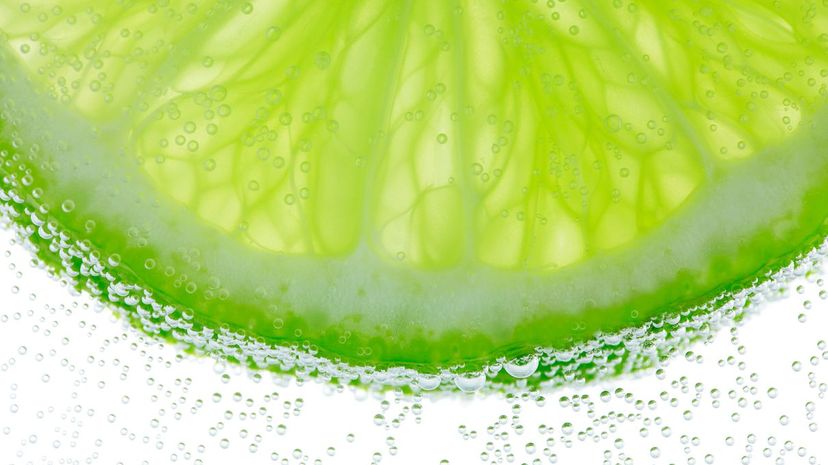
Although a Key lime pie requires a specific time of lime popular in the Florida Keys region, limes in general are a popular recipe addition for the acidity and flavor they can add to any dish. They're also a must-have on any bar.
Advertisement
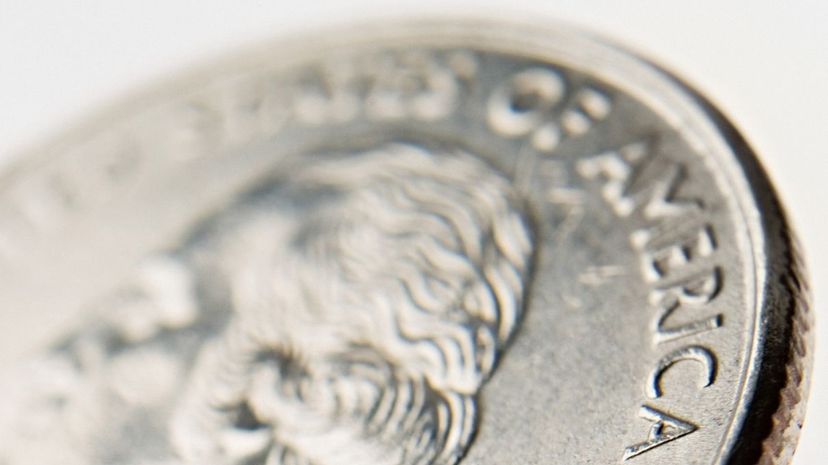
Though he wasn't around to see it, the George Washington quarter was first minted in the early 1930s. This decision corresponded with the 200th anniversary of the first president's birth in 1732.
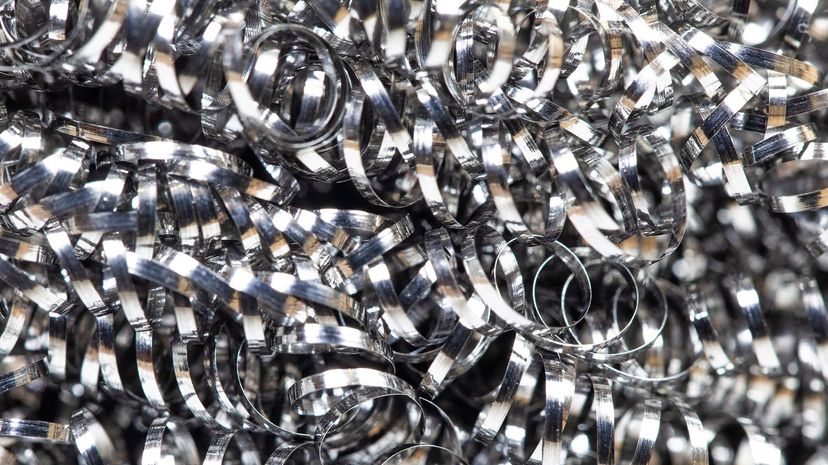
Most popularly marketed under the brand name Brillo or S.O.S., steel wool pads offer an abrasive cleaning solution for residential and household use. The first steel wool pads were created in the early 20th century.
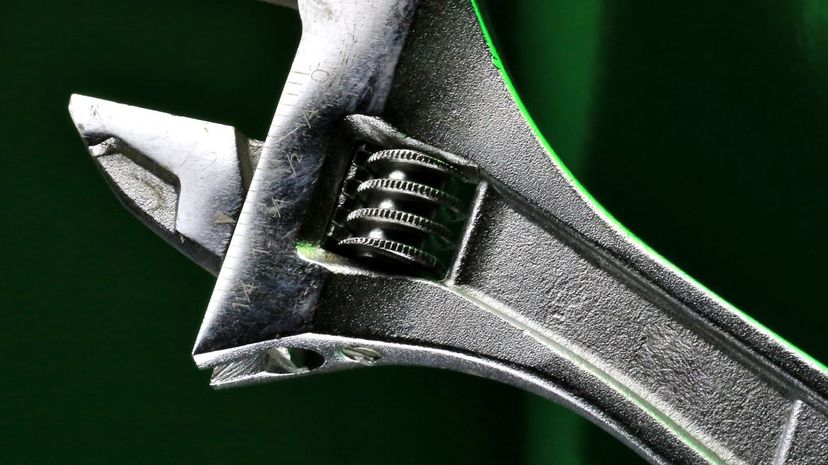
Wrenches are tools that are useful for helping to loosen or tighten nuts or bolts. They're used by placing the shaft around the piece that needs to be adjusted. Some wrenches are even adjustable themselves!
Advertisement

Years ago, toothbrushes were made from cow hair. Ick! Today, however, these bristles are mostly made of nylon. A single toothbrush can boast more than 2,000 bristles (in soft or medium, of course).

The tree known as the Quercus suber, or cork oak, is responsible for most of the cork produced in the world, including the cork used as wine bottle stoppers. Cork is the preferred material for these bottles because it lets the least amount of oxygen in.
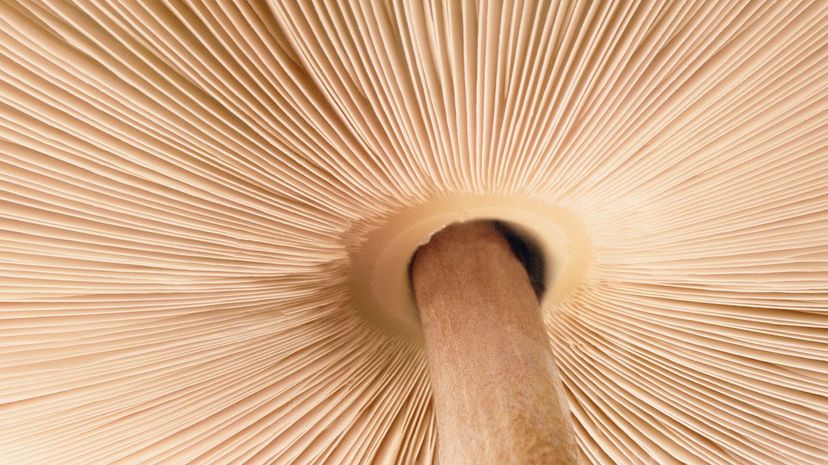
It's true! Mushrooms are made up of roughly 90 percent water and grow in size accordingly as they acquire more water in their cells. Mushrooms also feed off of the nutrients of dead plants around them.
Advertisement

Books, glorious books! Did you know there are approximately 140 million books in print across the globe? That's a lot of reading to attend to! Though a lot of readers have turned to e-books or audiobooks, there's nothing quite like holding a book in your hands. Prove us wrong.
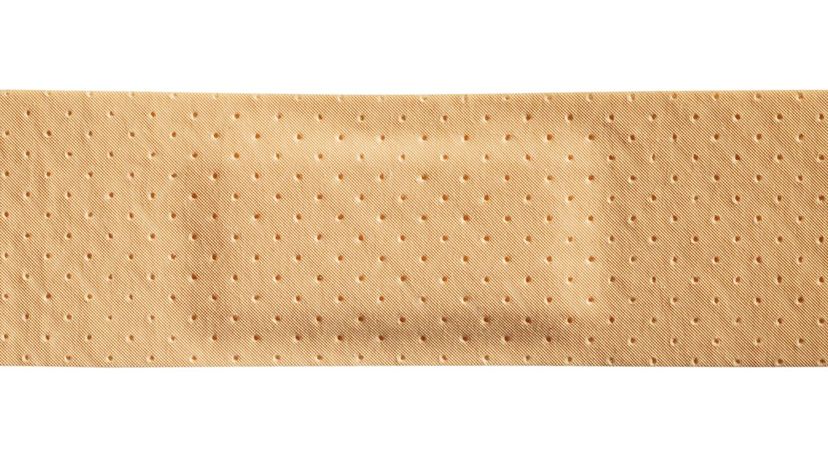
BAND-AID, the commercial name for a popular brand of adhesive bandages, was first introduced commercially in the 1920s. In the early days of production, they were made by hand. Today, of course, many other companies make these bandages.

Commonly referred to as a "ballpoint pen," the writing utensil earned that name for a good reason. A small "ball" at the writing end (or "point") of the instrument rotates to release the ink stored inside.
Advertisement

The story of brushing your hair for 100 strokes every night before bed is mostly a myth, according to experts. While regular brushing is good for your hair's overall health, overdoing it can have a negative impact.